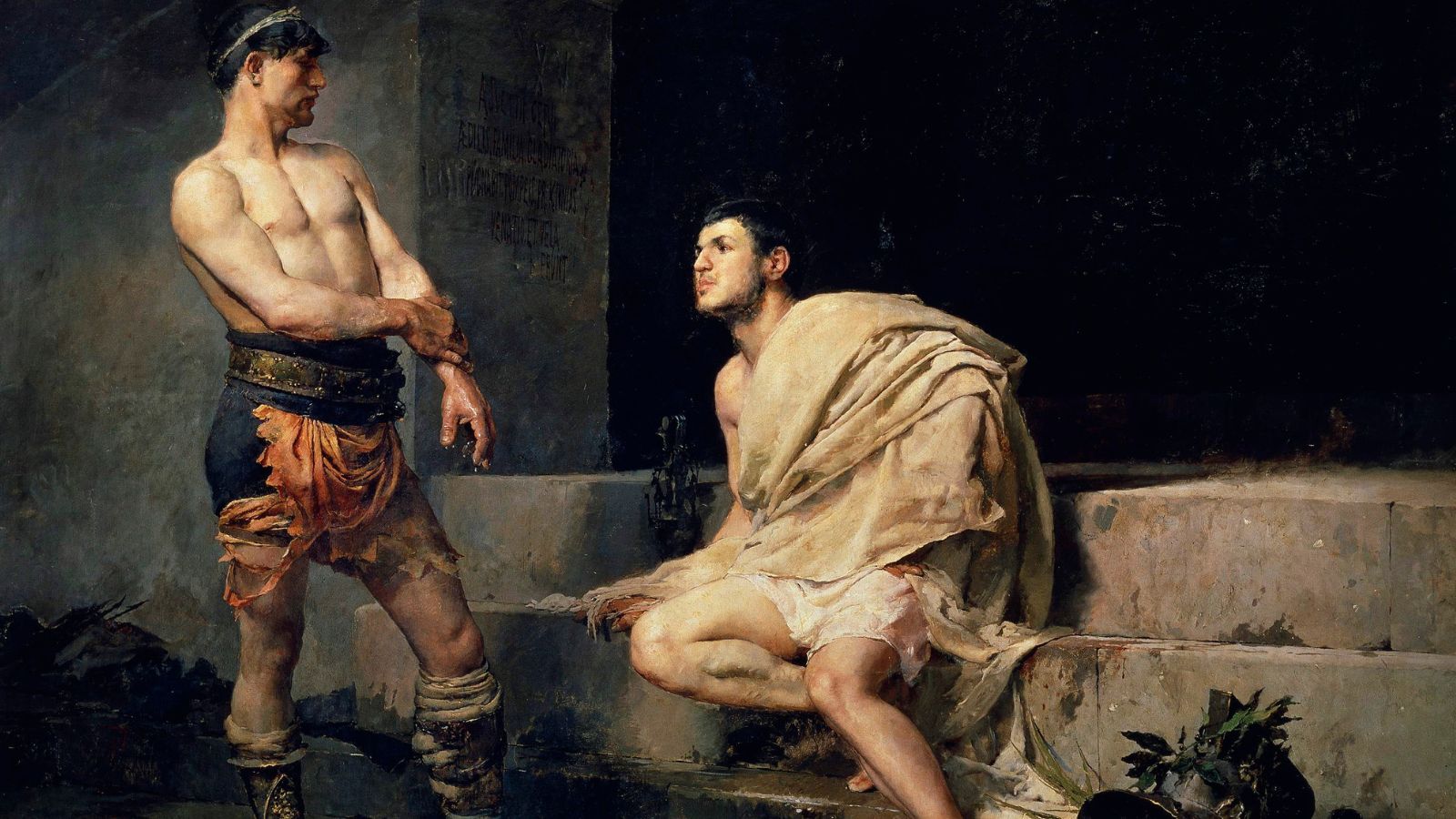Despite existing over 2000 years ago, we are still fascinated with the Roman Empire. Many details about the civilization of Rome have remained shrouded in mystery and intrigue, and this has given way to a fair share of misconceptions. From Hollywood portrayals to popular culture, many of the “facts” we think we know about the Romans are more like fiction than reality. Here are 20 common misconceptions about the Romans that need some clarification.
Julius Caesar’s Famous Last Words
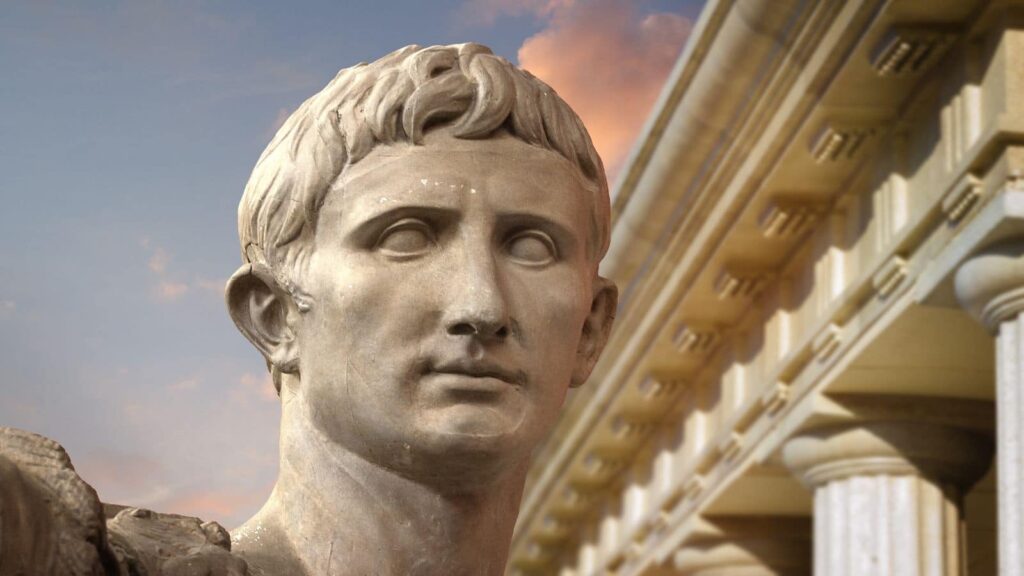
Shakespeare immortalized “Et tu, Brute?” as Caesar’s last words, but historical accounts vary, and we don’t know for sure what he said. Some claim he said nothing as he was attacked and couldn’t speak, while others say he spoke in Greek, addressing Brutus as “my child.”
Romans Were Unhygienic

Historical findings tell us exactly the opposite, and the number of Roman baths and spas that have been discovered by archeologists indicate that the Romans were actually quite concerned with hygiene. They bathed regularly in public baths, used olive oil to clean their bodies, and had sophisticated water and sewer systems.
Christians Were Constantly Persecuted
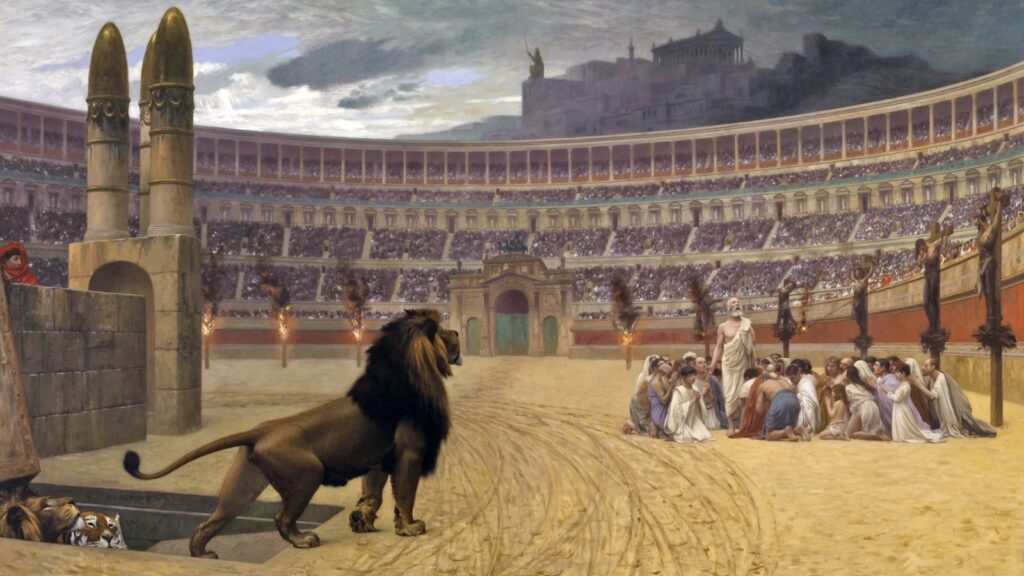
While Christians did face periods of persecution in Roman times, this wasn't the status quo. Many Roman emperors were indifferent to Christianity, and it wasn’t until later that persecution against Christians intensified.
Romans Spoke Only Latin

Latin was the official language in Rome, but the Roman Empire was a melting pot of cultures and languages. Greek, in particular, was widely spoken, especially among the educated elite.
Women Were Completely Subjugated
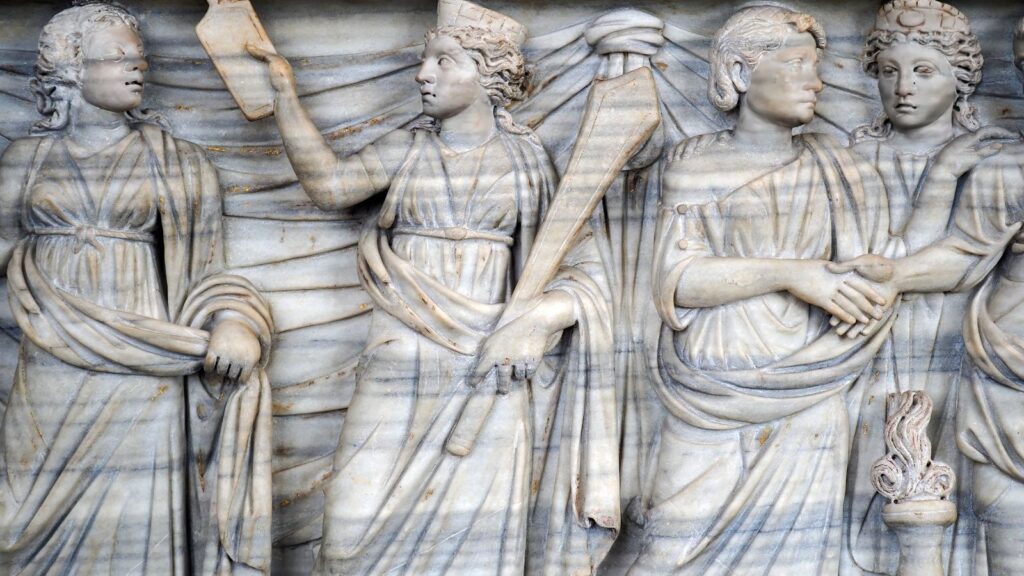
While Roman women did not enjoy the same rights as men, they had more influence and freedoms than often portrayed. Women could own property, run businesses, and wield significant influence within their families and society.
Nero Played the Fiddle While Rome Burned
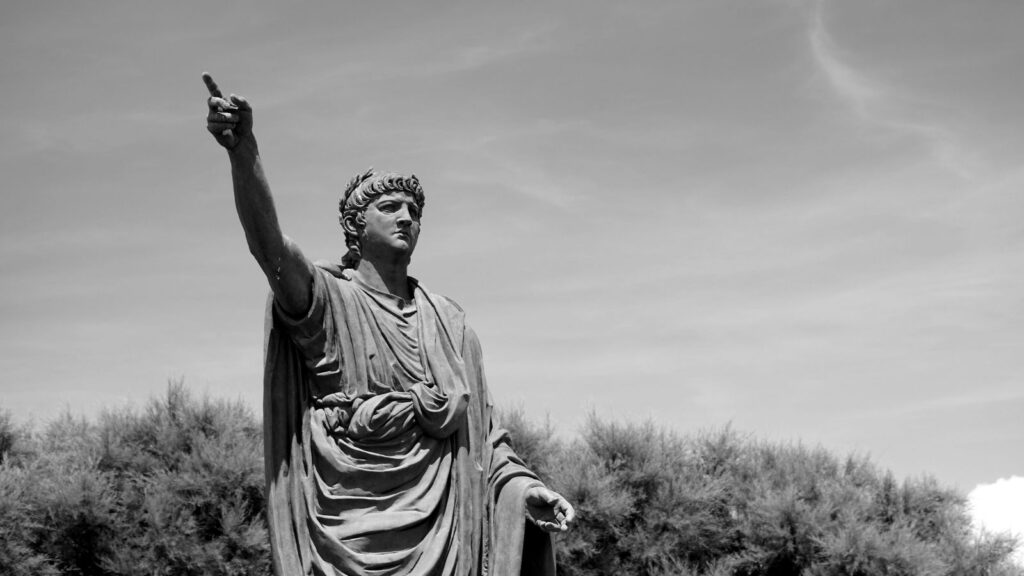
This popular myth is an anachronism since the fiddle didn't exist in Nero’s time. Historical accounts suggest Nero wasn’t even in Rome when The Great Fire occurred, and he actually provided aid to the victims.
The Roman Empire Fell in a Day

The fall of Rome was not a single event but a gradual decline over centuries due to a combination of internal weaknesses and external pressures. The Western Roman Empire fell in 476 AD, but the Eastern Roman Empire, or Byzantine Empire, continued until 1453 AD.
The Thumbs Up/Down Gesture
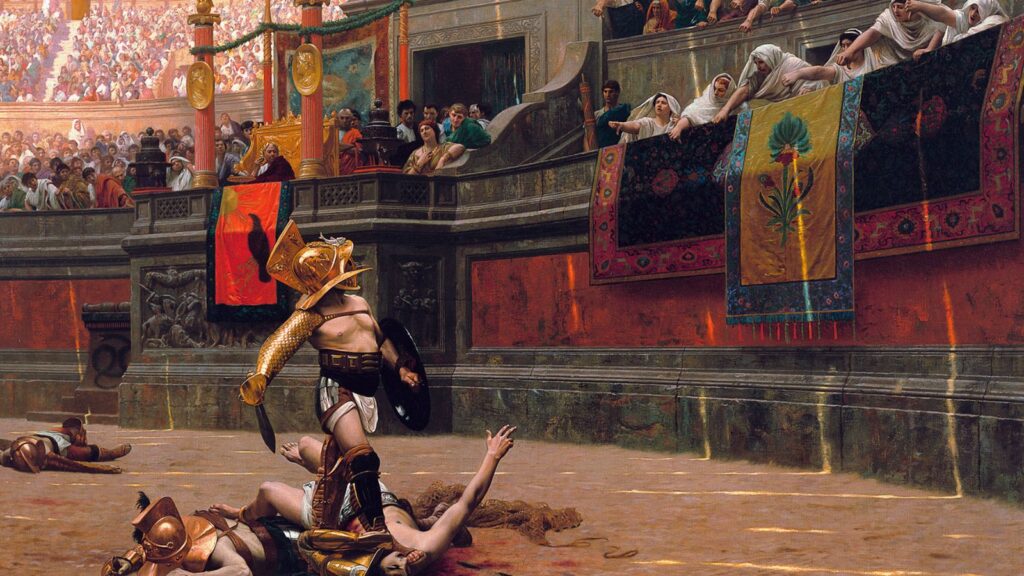
The thumbs-up/down gesture to decide a gladiator's fate is a Hollywood invention. In reality, the gestures were more nuanced, and the emperor had the final say on whether a gladiator lived or died.
All Romans Were Pagans Until Constantine
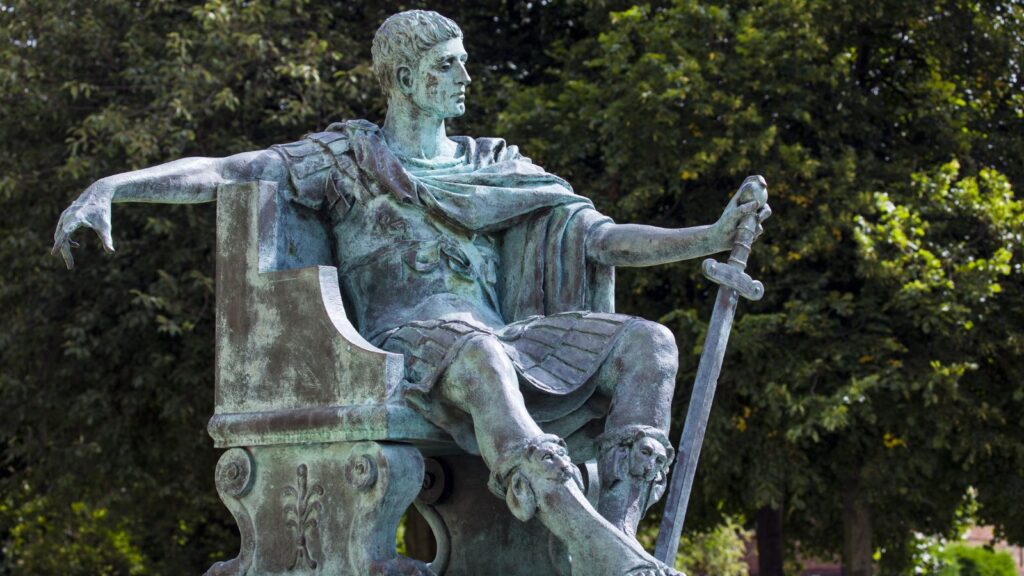
While paganism was dominant, many Romans practiced different religions, including Judaism and early forms of Christianity, well before Constantine’s conversion, so this is another misconception.
All Gladiator Fights Were to the Death
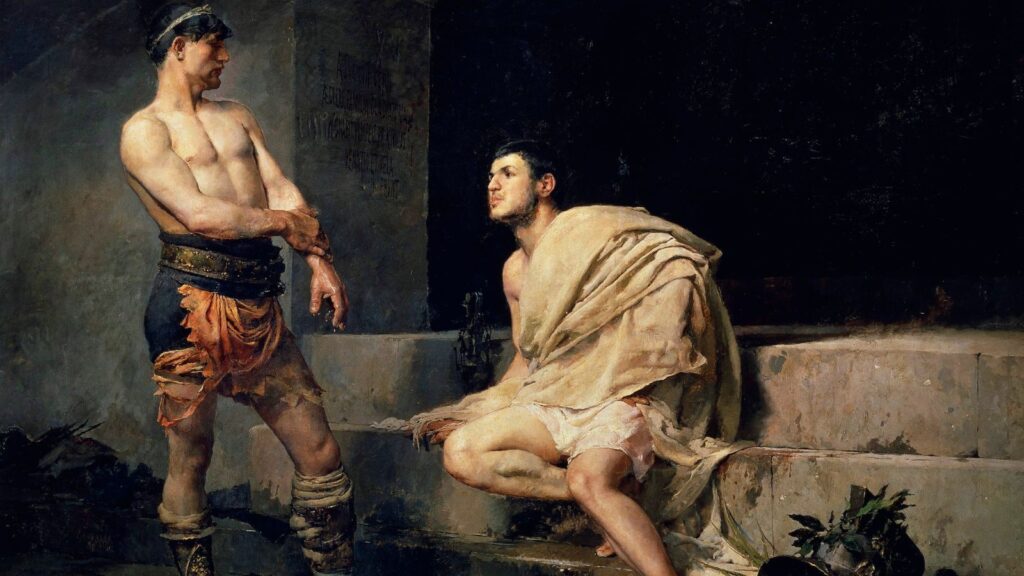
Hollywood movies often portray gladiators fighting for their lives in bloody battles, but this is more for dramatic effect. Gladiator battles were brutal, but not all ended in death. Gladiators were expensive to train and maintain, so their lives were often spared so they could fight another day.
Marble Statues Were White
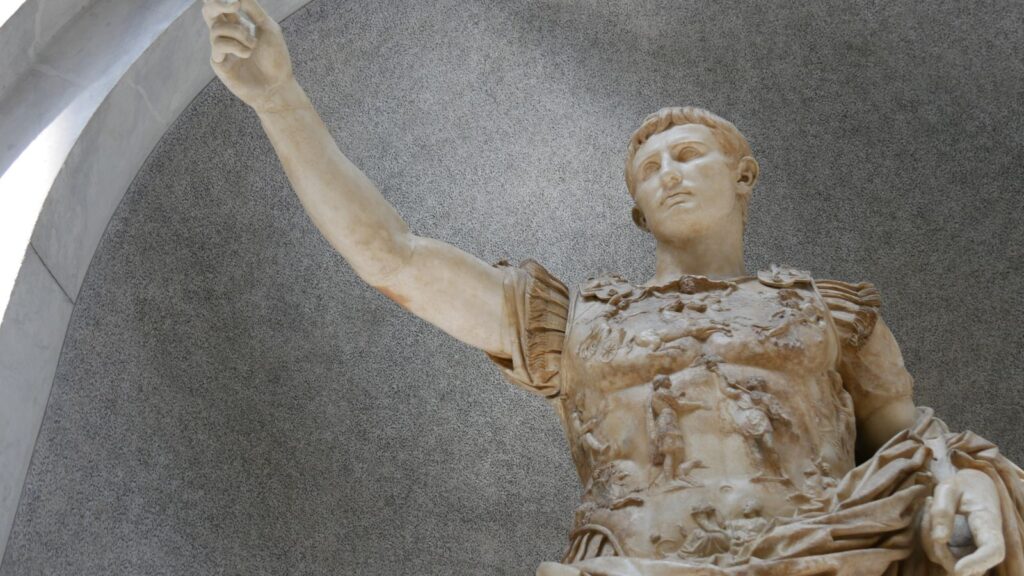
Many people believe Roman statues were white, but they were originally painted in vibrant colors. Time has stripped these sculptures of their paint, leading to the misconception that Romans had a preference for classic white statues.
Vomitoriums Were for Vomiting

Contrary to popular belief, vomitoriums were not rooms where Romans went to purge themselves during feasts. Instead, vomitoriums were passageways in amphitheaters designed to allow large crowds to exit swiftly.
Romans Constantly Wore Togas
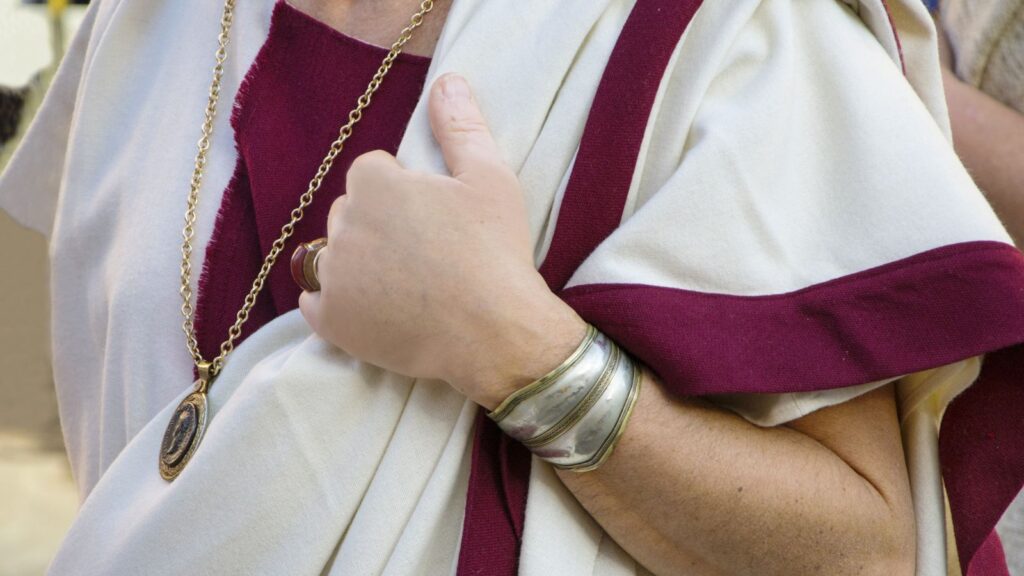
While the toga is iconic, it wasn't everyday wear for most Romans. Togas were reserved for formal occasions and were worn primarily by male citizens. Most Romans wore tunics, which were far more practical for daily life.
Plebeians Were All Poor

The term “plebeian” simply referred to common citizens, not necessarily poor ones. Many plebeians were quite wealthy and influential, challenging the notion that they were all impoverished and uneducated.
All Roads Lead to Rome

While the phrase “All roads lead to Rome” highlights the extensive Roman road network, it’s not literally true. But Roman roads were incredibly advanced and connected many parts of the empire, facilitating great communication and trade links.
Vomiting as a Common Dining Practice
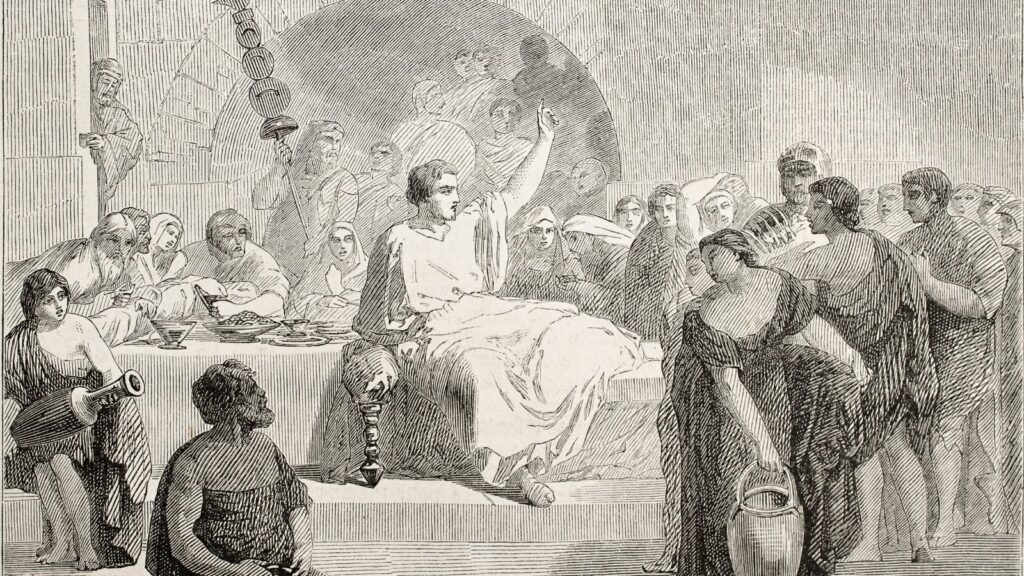
The myth that Romans regularly induced vomiting to continue feasting is largely exaggerated. While overindulgence was a stereotype of Roman banquets, vomiting or “purging” wasn't a standard practice.
Caligula Made His Horse a Consul
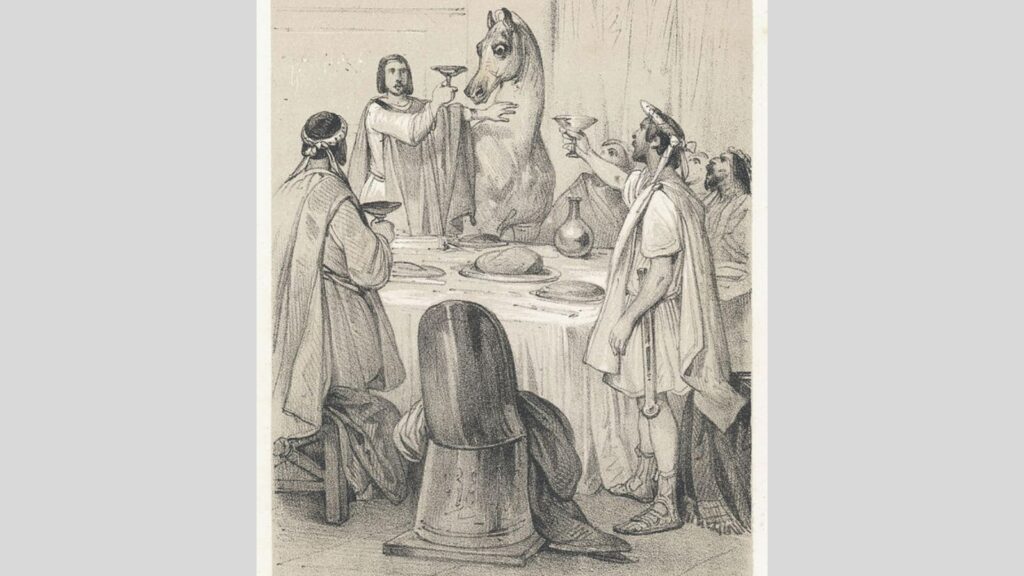
The story that Caligula made his horse a consul is likely exaggerated. It’s more plausible that he joked about it to insult the Senate rather than it being an actual appointment, but with time, events and the true facts of the situation have likely been blown out of proportion.
Slavery Was Based on Race

Another misconception is that Roman slavery was based on race, but in fact, Roman slaves came from various locations all around the world and were often prisoners of war. In some instances, slaves could sometimes earn their freedom and rise to prominent positions.
All Gladiators Were Men

While it’s true that most gladiators were captives or slaves who were forced into this dangerous occupation, some were freeborn citizens who chose to train and compete as gladiators, and some were also women. Why would a woman choose to participate in such a barbaric contest? Because gladiators were much like the celebrities of today, and competitors knew that they could become rich and famous as gladiators.
The Romans Didn’t Make Slaves Row Their Vessels
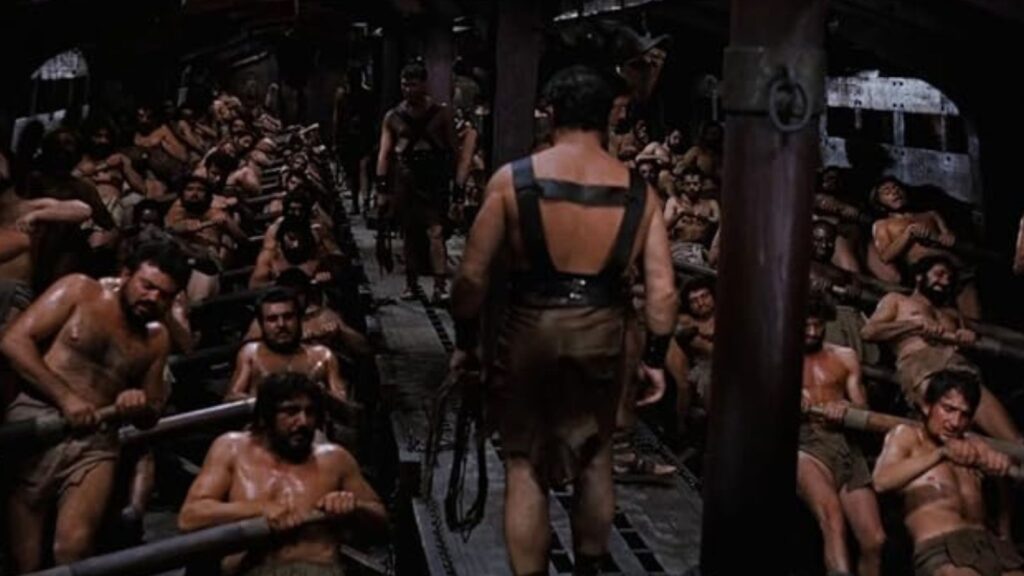
In Hollywood movies like Ben-Hur, we see Roman boats being rowed by weary slaves in chains, but this wasn’t actually standard practice. Roman galleys were powered by well-trained, paid freemen, and it was an honest profession in Roman times.
30 Traditional Sayings That Are Now Considered Offensive by Woke Culture

30 Traditional Sayings That Are Now Considered Offensive by Woke Culture
21 Habits Often Associated With Having a Lower Social Status

21 Habits Often Associated With Having a Lower Social Status
25 Social Issues Gen Z are Determined to Cancel

